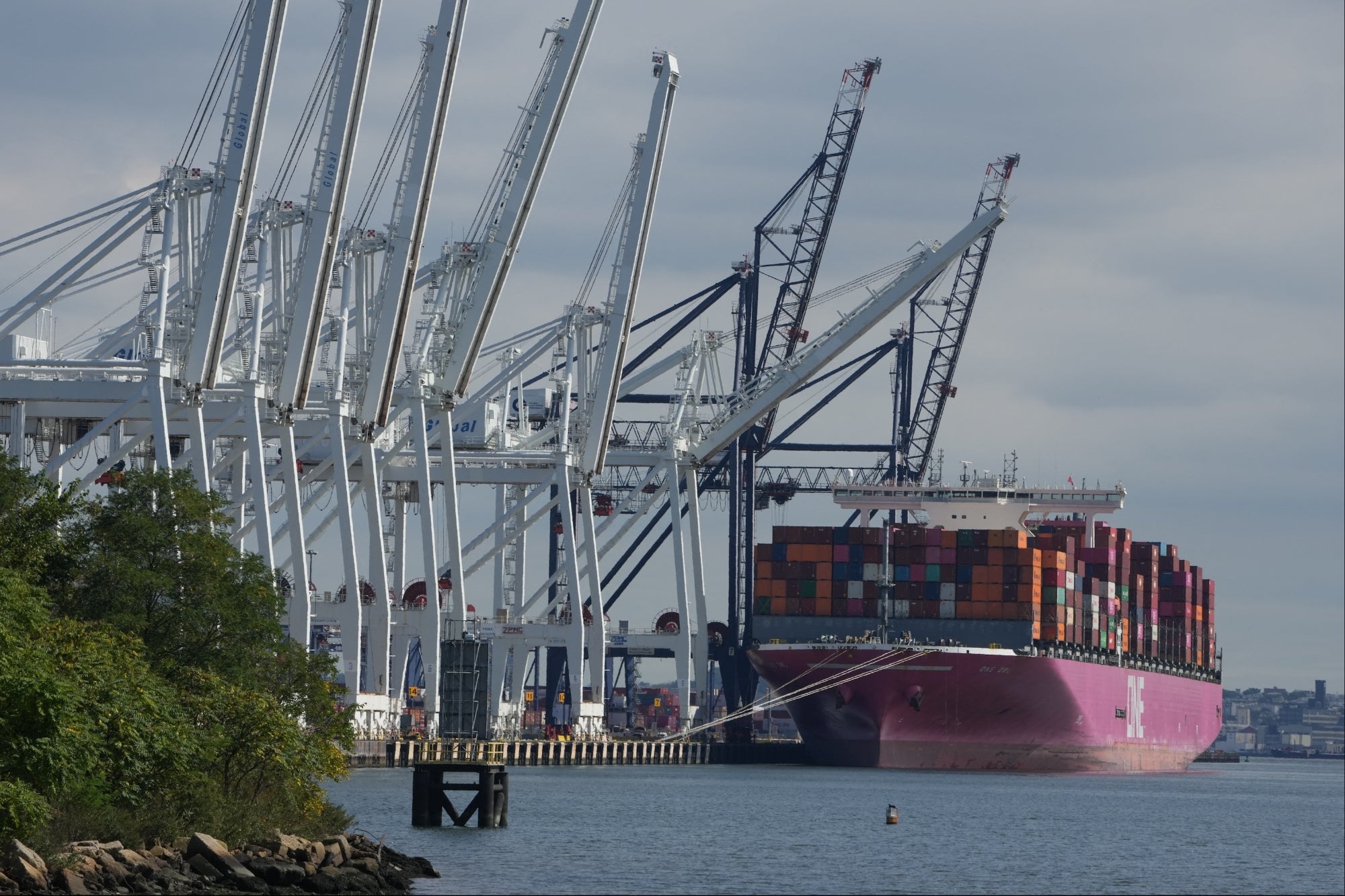
Over 45,000 union employees, all members of the largest union representing maritime workers in North America, the International Longshoremen's Association (ILA), went on strike early Tuesday after their contract expired. The central issue is the higher wages workers demand, as well as protection from automation threat posed by AI.
The union is asking for the wage to increase by $5 a year over the next six years, bringing starting wages up to $50 to $69 an hour by 2030 from $20 to $39 an hour in the previous contract. Overtime and extra shifts pushed most wages for longshoremen working in New York Harbor until $150,000 a year or more in 2020.
 Container ships in East Coast ports. Photo by BRYAN R. SMITH/AFP via Getty Images
Container ships in East Coast ports. Photo by BRYAN R. SMITH/AFP via Getty Images
The strike affects about half of all marine imports from or to the US Maine to Texas. It is the first on the East Coast since 1977.
How will the port strike affect consumers?
JP Morgan analysts said Wall Street Journal that the impact of the port strike on the economy is between $3.8 billion and $4.5 billion per day.
This means that the price of food and other goods could rise – seaports are the main channels through which goods such as food, furniture, clothes, car parts and pharmaceuticals reach consumers.
A longer strike could mean shipping delays right before the holidays, plus higher costs for gifts. Businesses and consumers can both feel the effects.
Related: Hollywood writers reach tentative deal to end strike—but is the Screen Actors Guild still standing?
